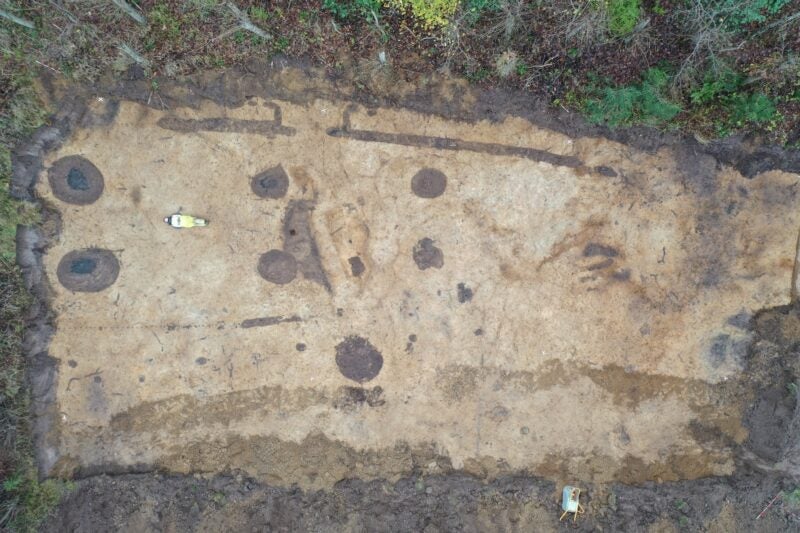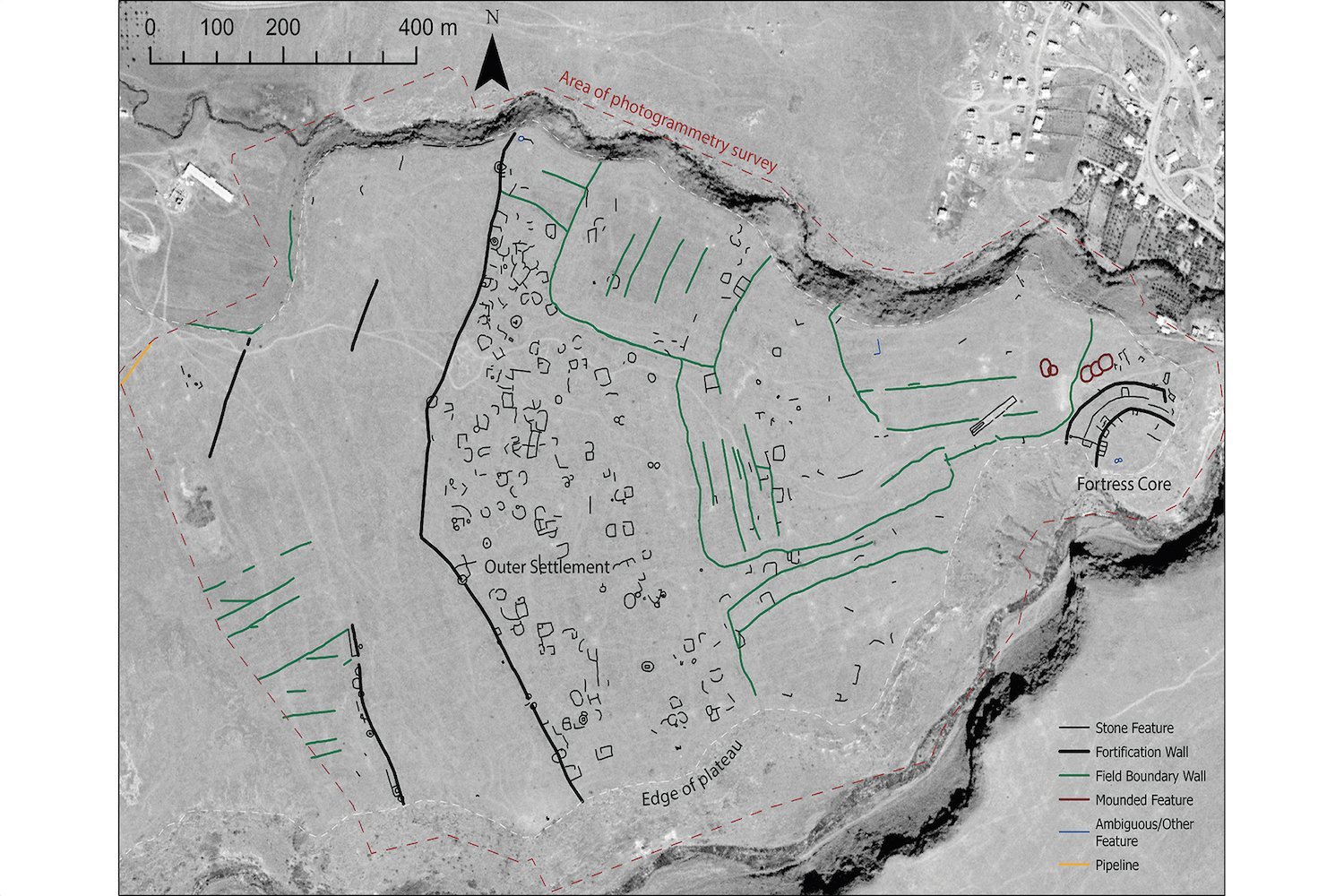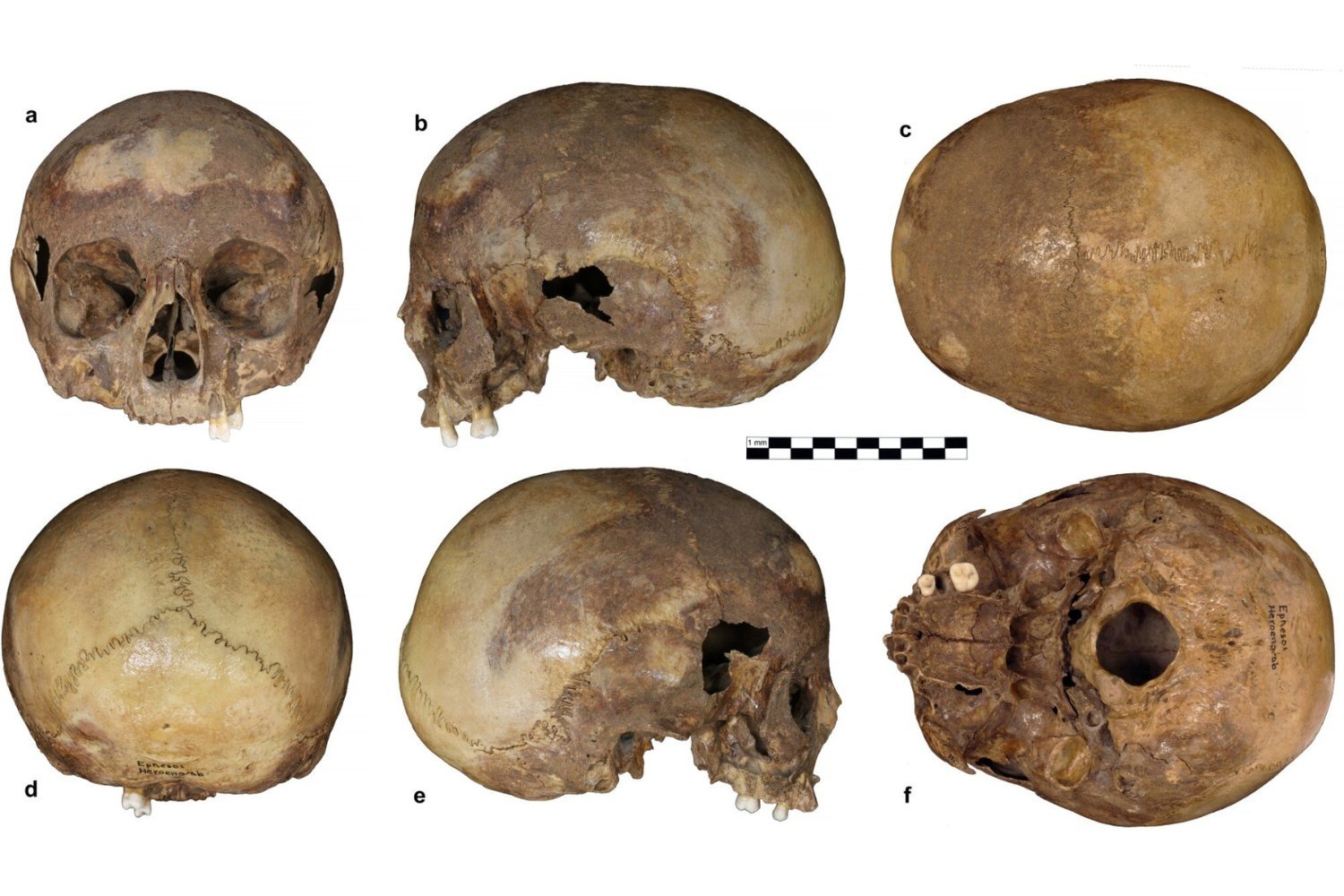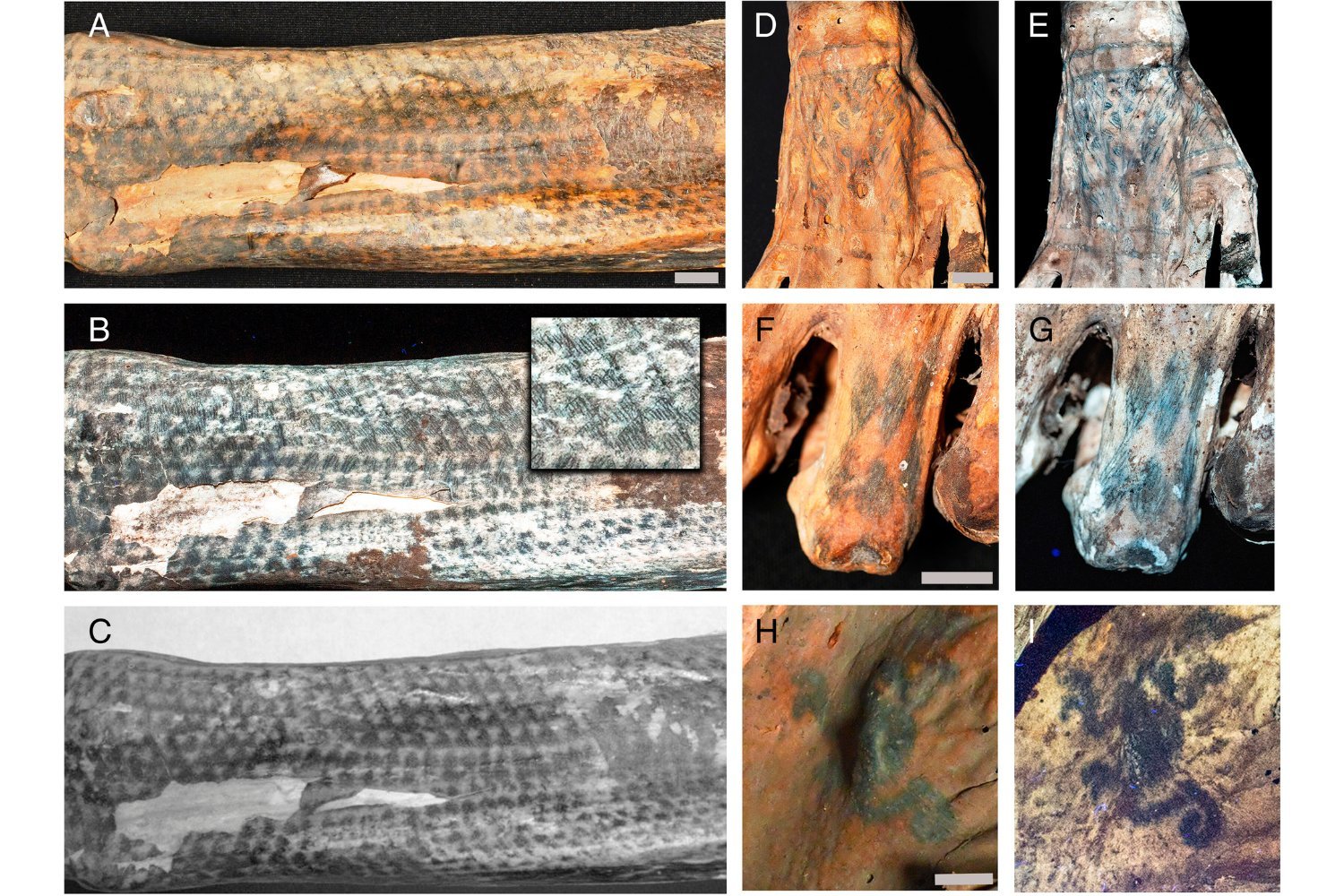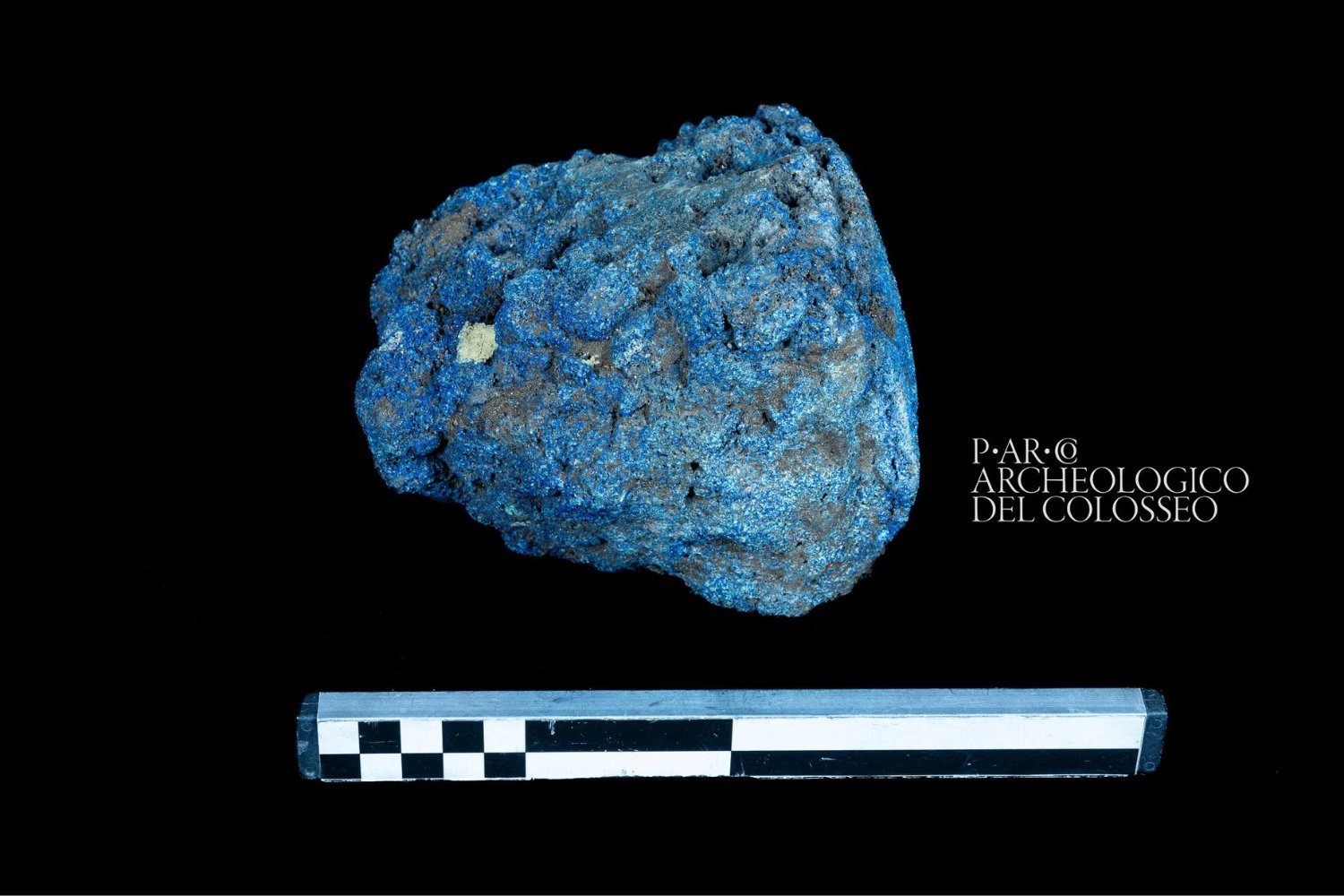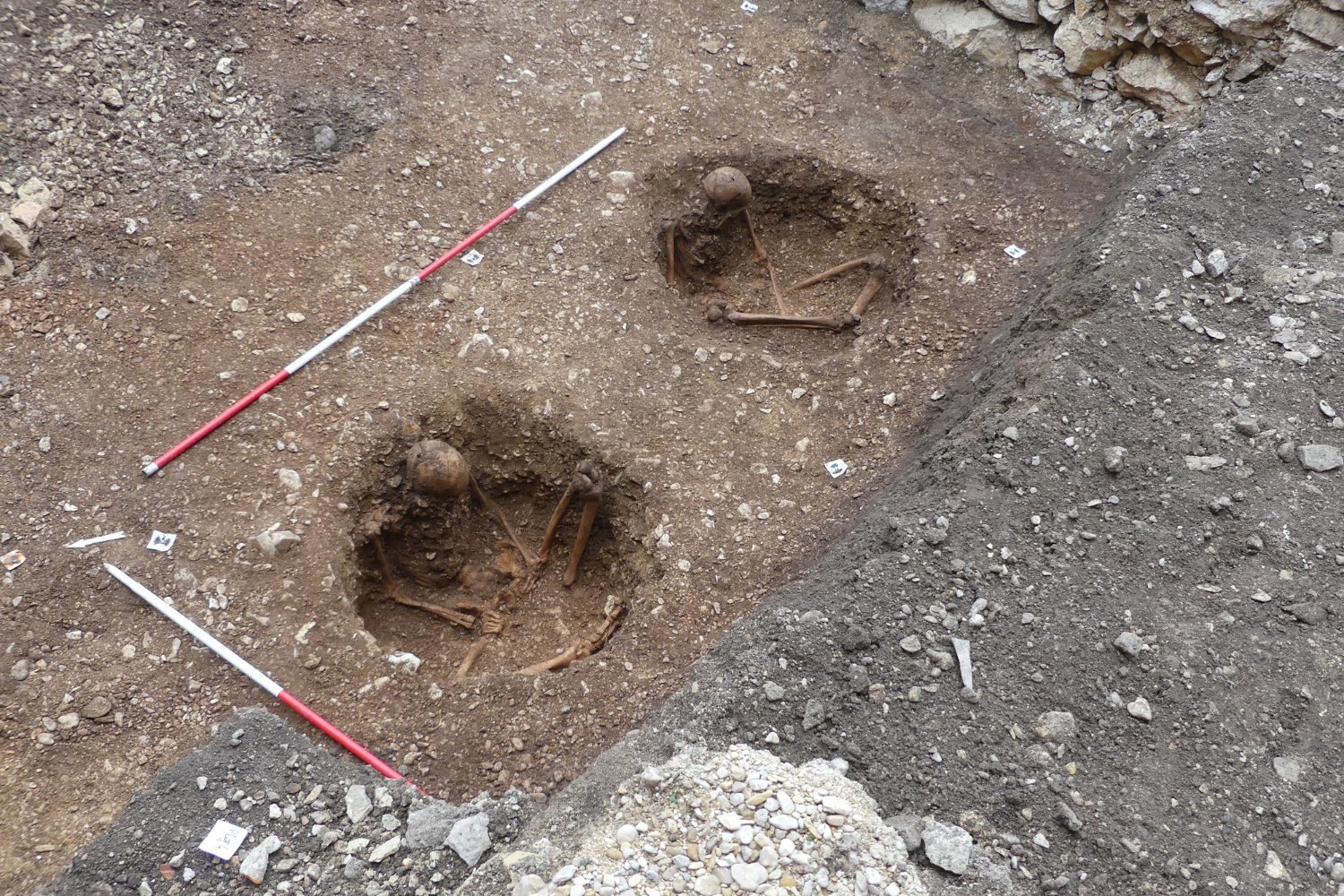The remnants of a massive Viking hall, potentially dating back a thousand years, have been discovered in Hune, Northern Denmark, by archaeologists from the Nordjyske Museer. This remarkable find, the largest of its kind in the region in a decade, offers a glimpse into the lives and social structures of the Vikings.
The partially excavated hall measures an impressive 130 feet long and 33 feet wide, supported by 10 to 12 meticulously cut oak posts that once held a vast roof. Archaeologist Thomas Rune Knudsen from the North Jutland Museums emphasized the significance of the discovery, stating that such a structure has never been seen before in North Jutland.
A Hub of Viking Life
Beyond its everyday use, the hall likely served as a vital gathering place for political meetings and social gatherings. Its design bears striking similarities to structures built during the reign of Harald Bluetooth, the Danish king who ruled in the late 10th century, the same era that gave its name to modern Bluetooth technology.
This discovery adds another piece to the puzzle of Viking history, a period spanning from the late 8th to the mid-11th centuries. The Vikings, known for their seafaring prowess and exploration, left their mark across Europe and beyond, from burial mounds along fjords to remnants of beeswax candles used on their overland journeys.
Further Exploration and Analysis
The imposing size and suspected communal function of the hall suggest the presence of other structures nearby. Currently only half-excavated, the site is scheduled for further exploration early this year. Radiocarbon dating will also be conducted to verify the estimated age based on the building’s architectural style.
This exciting find promises to reveal more about the Viking era, their social organization, and construction techniques. Further excavation and analysis will undoubtedly shed more light on the lives of those who once gathered within these ancient walls.
This discovery resonates with other recent finds, such as the discovery of a Viking sword in Norway, believed to have belonged to a left-handed warrior, further highlighting the ongoing revelations about this fascinating historical period. The ongoing research promises to deepen our understanding of the Viking Age and its lasting impact on history.



